THE SAN ROCK ART IN THE SWITH RIVER VALLEY
There is the most unusual rock art in the Swith River valley in the southern Drakensberg.
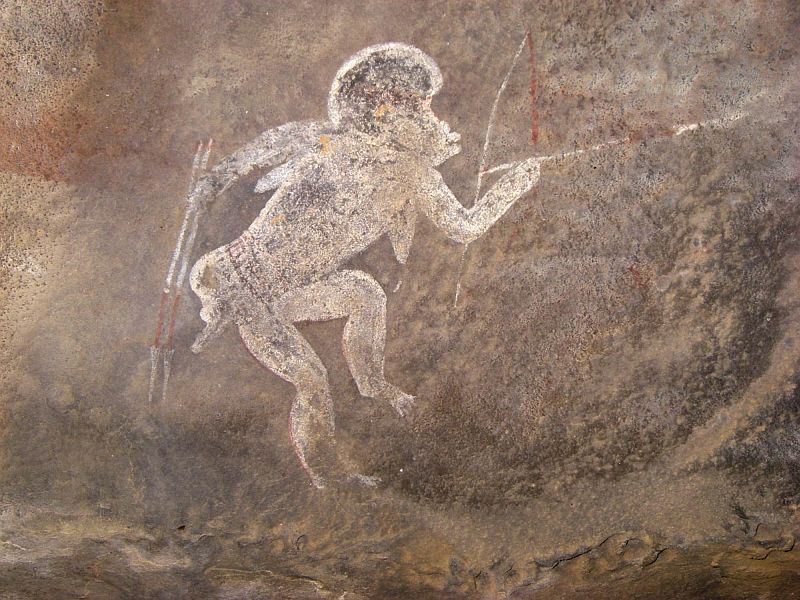
I’ve only seen it once, because it is a long way downstream from where we normally fish and without someone to guide me back to this rare site I’d probably never find it again.
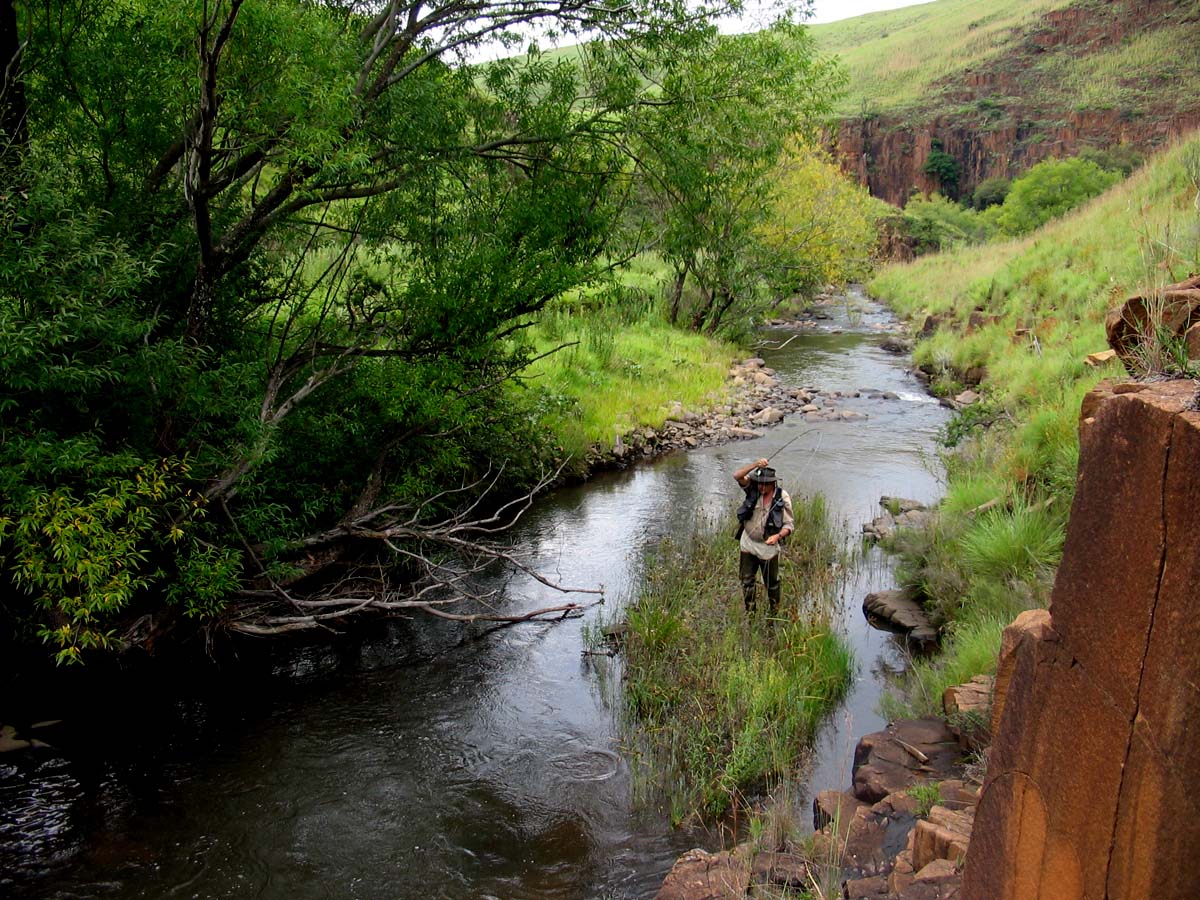
Where we normally fish this great stream. The art is a kilometre or three downstream
It’s on the farm Honingkloof owned by John Jordaan, where there’s some of the prettiest small stream fly fishing fly fishing I know of , and great scenery besides just the art.
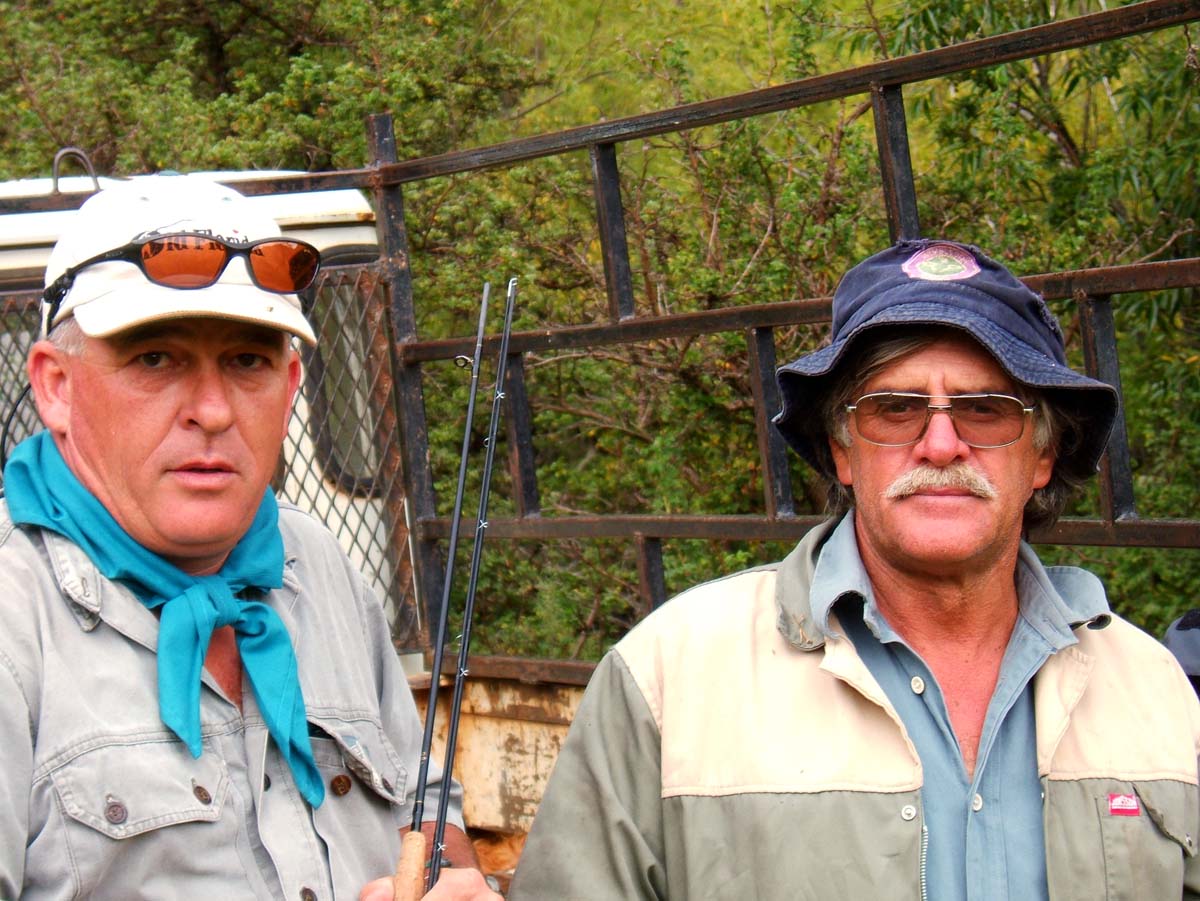
John Jordaan (right) with Ed Gerber
Curious about the painting, I asked San rock art expert, Dawn Green, for her opinion. She owns Millard, a working farm with a guest lodge on an equally pretty stream. Here’s what she said,
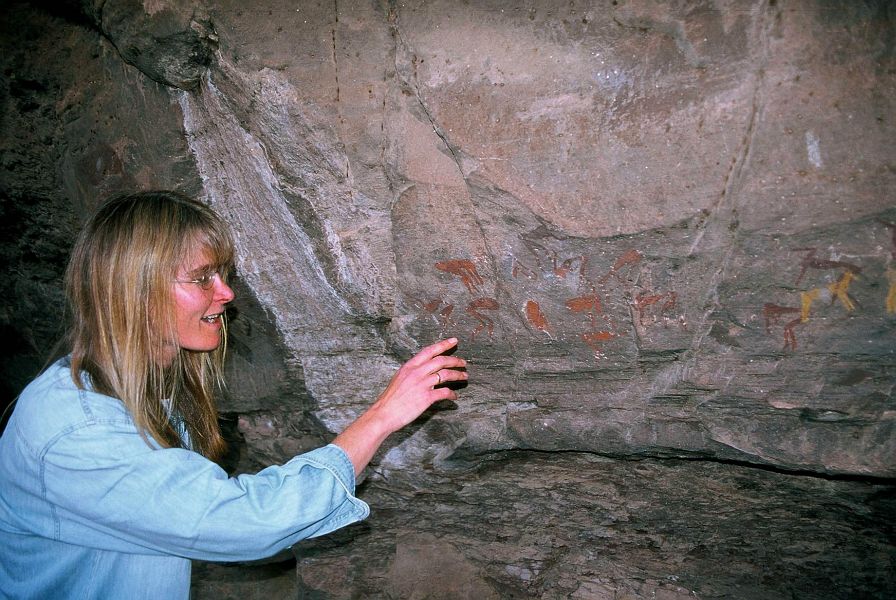
Dawn Green
‘The white figure is male I would say and not hermaphrodite. I am very unsure as to whether those are breasts- could be his quiver and bag, or could be another painting superimposed. I would like to see it, in the flesh as it were, to be more definitive. It is similar to later depictions of ritual specialists- the relatively detailed painting of facial features indicates the painter may have been referring to a specific ritual specialist. If the painting is quite large it would support this. Geoff Blundell based his PhD thesis on these figures and the eventual loss of the post-cranial body in painted depictions of ritual specialists.
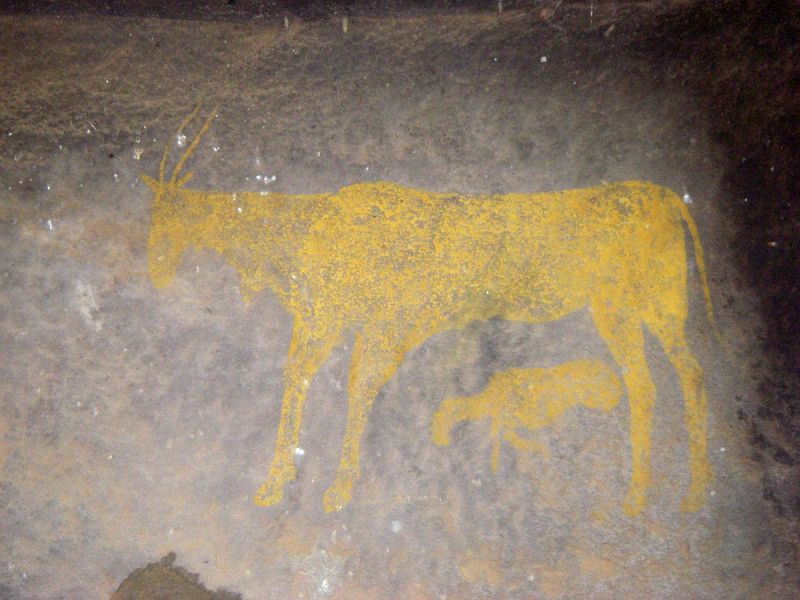
The bright yellow female antelope appears very much like Geoff Blundell's type 2 paintings- he suggests were executed by creolised groups (mixed groups of Bantu speakers and Khoekhoen).
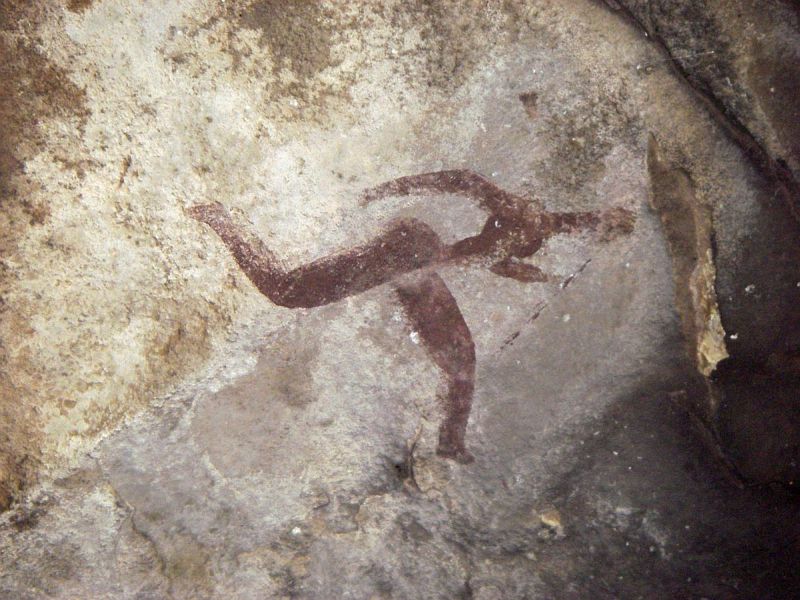
The red figure running is unusual in the size of its legs, possibly female, but again impossible to tell from the photo.’
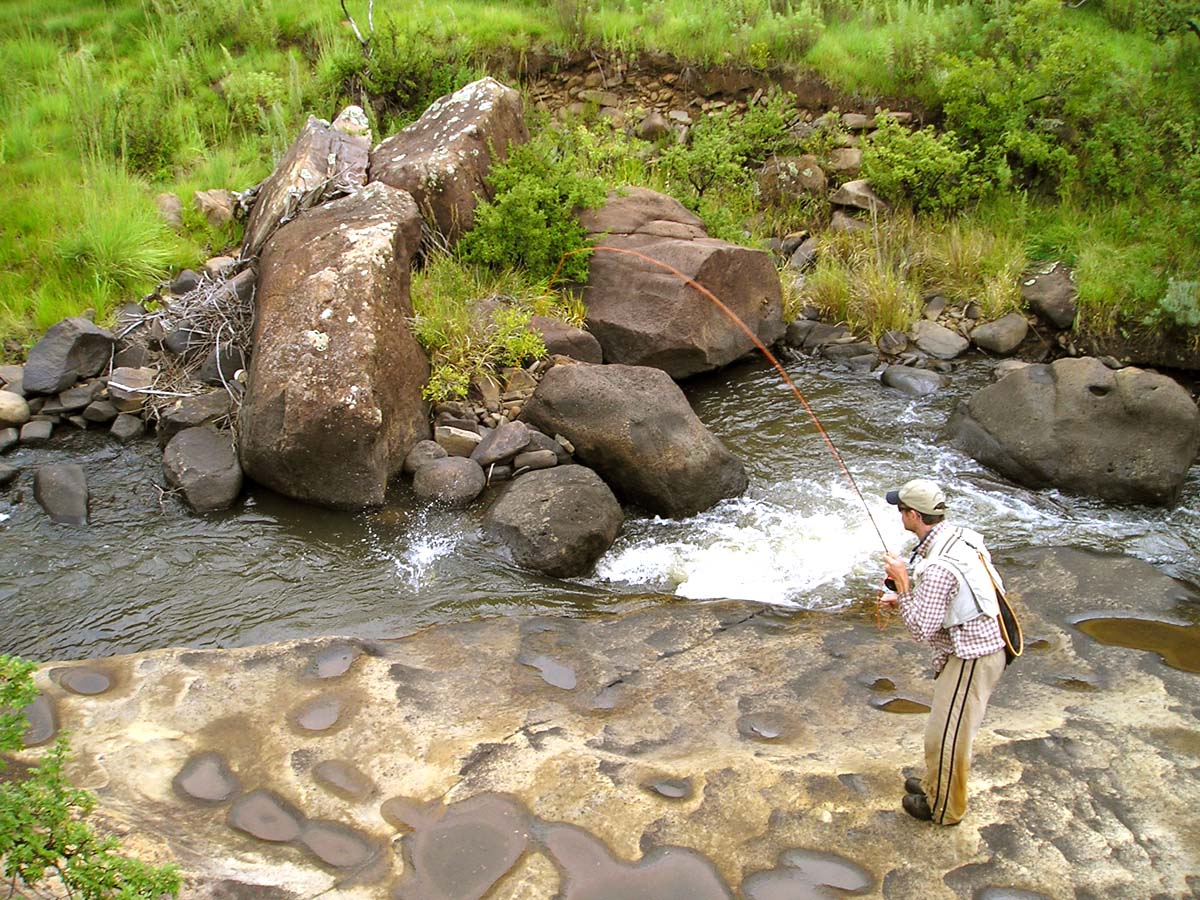
Fishing the Swith
To fish the Swith or visit this rock site, contact Juan-Marie Naude of Vrederus on 045 9321572.
Millard’s rock art
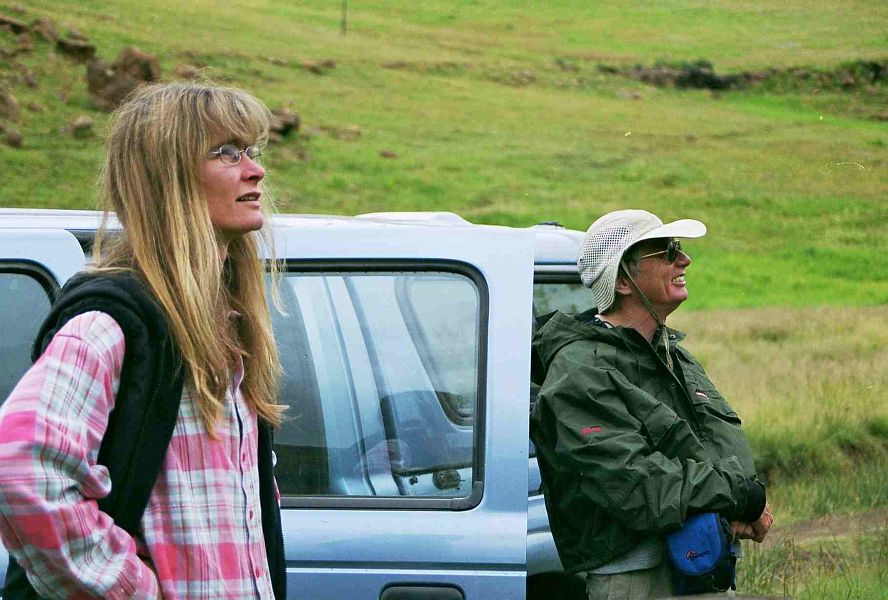
Dawn and Ed Herbst on Millard
Dawn Green is passionate about rock art, with over 40 sites in the district at her disposal. She’s made a particular study of serpents in Bushman paintings of the North-Eastern Cape.
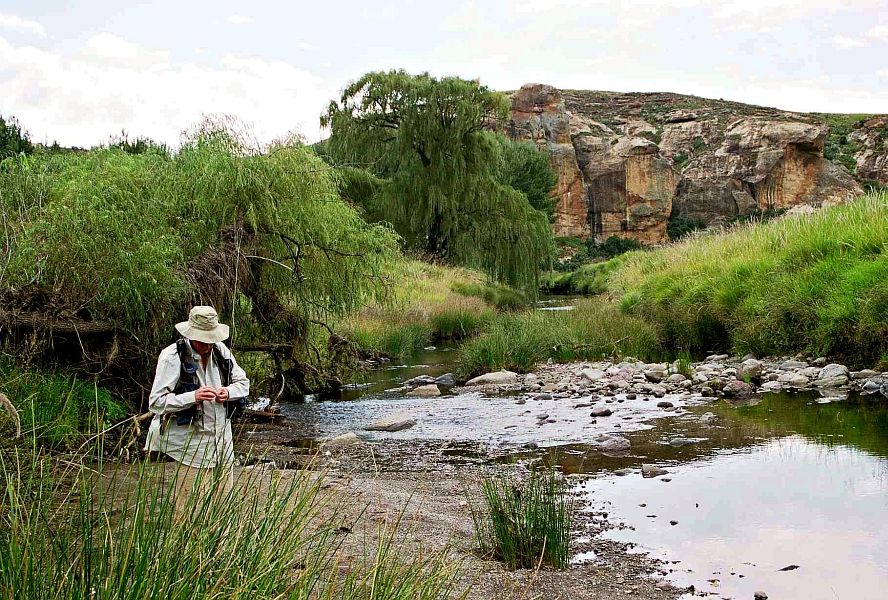
Ed Herbst on the Diepspruit
And her lodge is right on the banks of the Diepspruit River, which has some good rainbows in it.
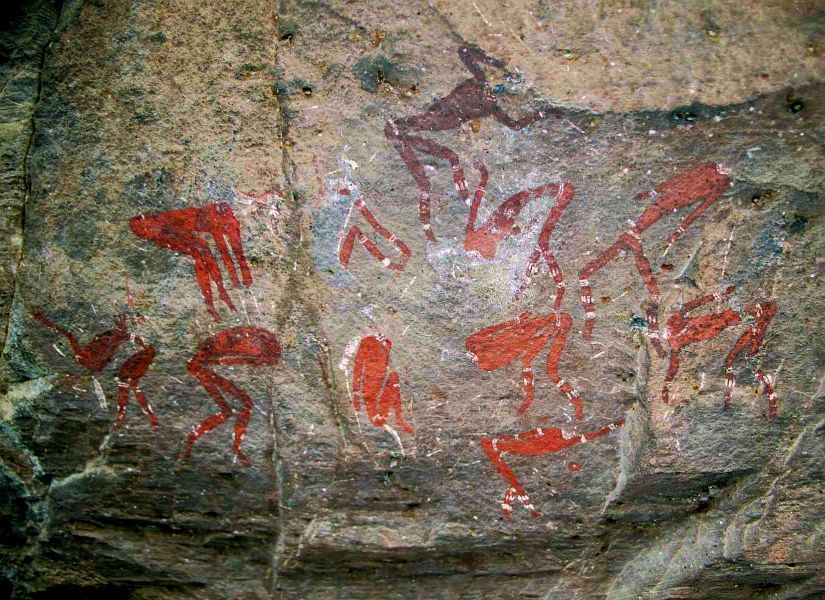
According to Dawn, who once kindly showed Ed Herbst and me one of her sites, the San people used a host of different stones to produce the pigments they used.
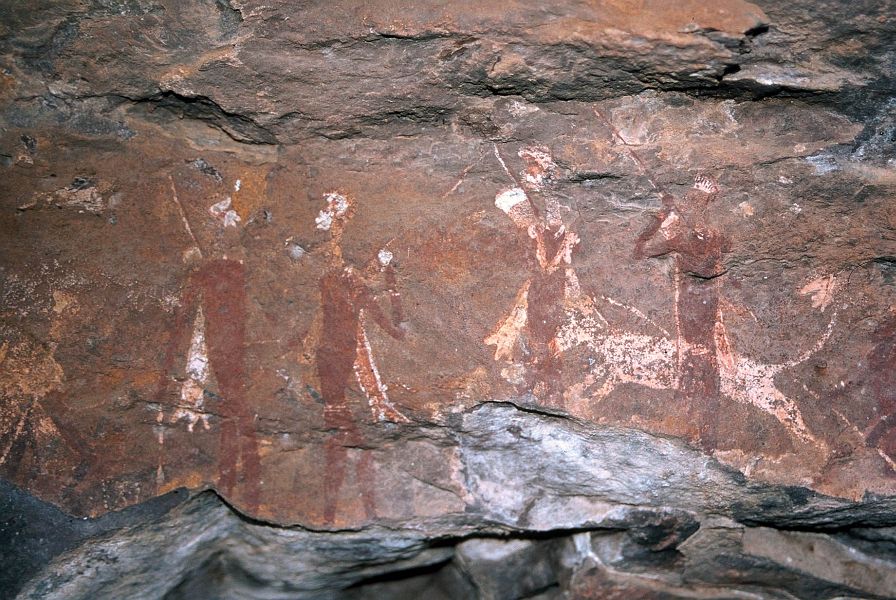
For example, she explained that soft rocks containing ferric oxide were crushed and heated to make reds – often rocks carried in on journeys that might have taken a day or more.
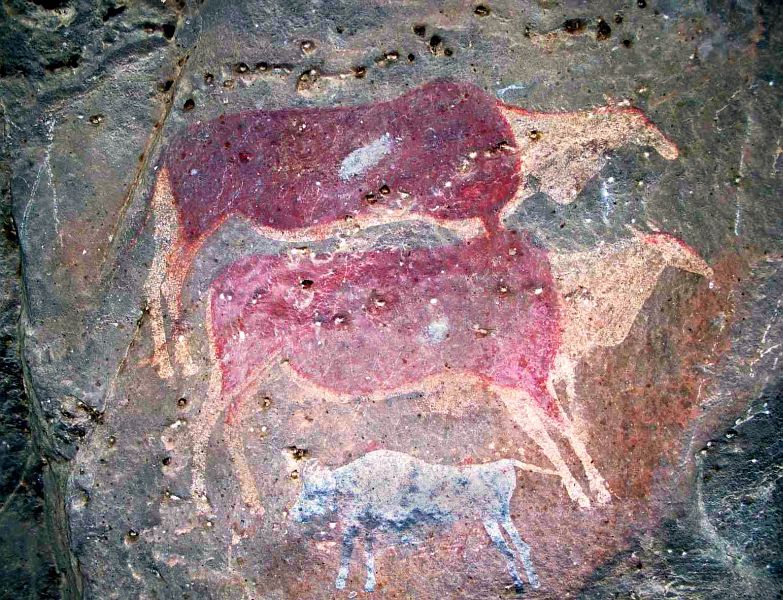
They probably bound the powdered rock with mixtures of either blood or plant extracts to form a range of lasting tints; may even have added egg white to make a kind of tempera. Interestingly, some ingredients were used only because they were believed to be spiritually potent.
A question Dawn hears pretty regularly from people she guides, goes around the reason Bushmen painted in the first place, and it seems there’s no simple answer to that.
According to Dawn, their objectives were at best complex, and deeply intertwined with their religion, known as Shamanism. Rock art to the San was divine symbolism, the paintings bringing the spiritual world believed to reside behind the painted rock walls onto the rock face.
The subjects vividly depict the imagery seen in trance experiences, and herein lies an intriguing dichotomy, because, in turn, these same images, with their inherent spiritual potency, apparently helped the shamans to enter a trance.
And since these painted rock faces represented portals into the spiritual world, rock art sites consequently were – and still are – sacred places.
Dawn emphasised responsible visitor behaviour at rock art sites:
Always ask permission to visit rock art sites as most are on private land.
Take as many photographs as you like. Use natural light for best results.
All visits to rock art sites are at one’s own risk.
Move carefully at sites so as not to generate dust or disturb the special atmosphere.
Visit rock art sites with an informed person – it adds greatly to the experience.
Never touch or wet rock art – it is damaging and illegal.
Leave all archaeological artefacts as they are – don’t take them away.
Report vandalism or new sites to your nearest Museum, University or Heritage Agency.
SAHRA Legislation:
Rock art is a finite and fragile resource and the National Heritage Resources Act protects all archaeological and rock art sites. It is an offence to damage rock art and other archaeological artifacts, punishable by 2 year’s imprisonment and an R 1 million fine.
FACTFILE on MILLARD
Millard Lodge is 36 kilometres direct from Barkly East, or 26 kilometres off the R58 between Lady Grey and Barkly East. The lodge sleeps ten people in three double and two single bedrooms, one en-suite. There’s a choice of a self-catering or catered stays. Activities also include fly fishing on the Diepspruit that runs through the farm and surrounding WTA waters, 4X4 trails, and biking. Dawn is contactable at PO Box 104 Barkly East 9786, or by phone on 045 971 9078, or 083 588 7776; or on e-mail at This email address is being protected from spambots. You need JavaScript enabled to view it.


